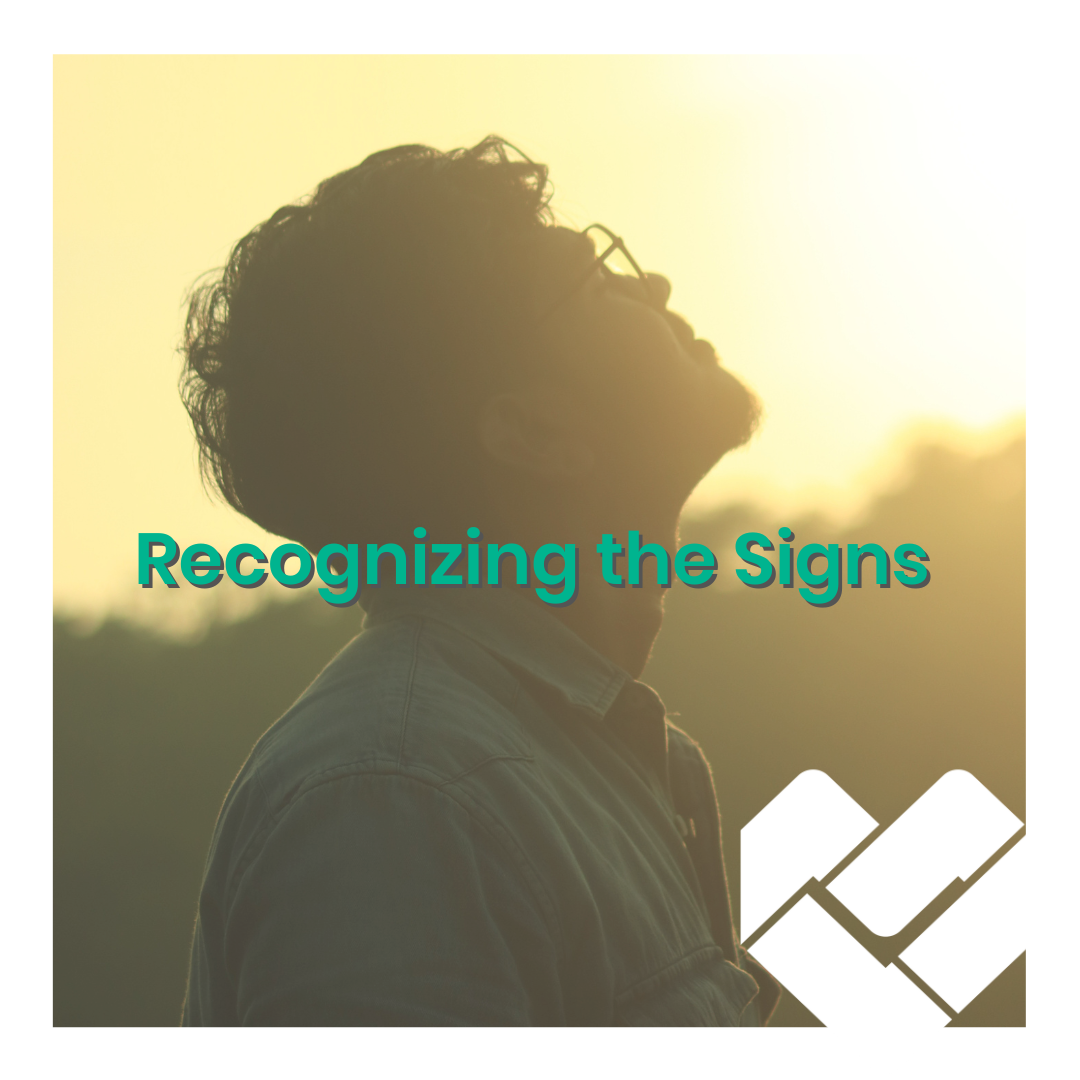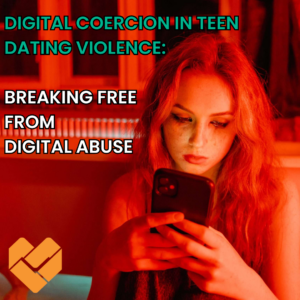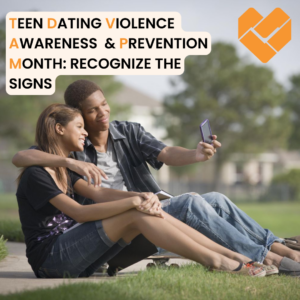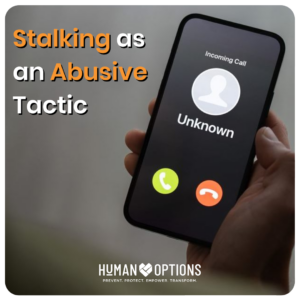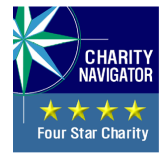By: Young Lin, Therapeutic Program Supervisor
Last October, we detailed the cycle of violence and signs to spot that indicate someone might be in an abusive relationship without realizing it. Since this is an important topic, we want to elaborate more and share some risk factors to keep an eye out for. There are key signs you can recognize, whether it’s for you personally, within your relationships or in your community.
It’s important to be educated and prepared if you or a loved one starts experiencing multiple risk factors –linked to a greater likelihood of relationship violence. They are contributing factors, but not direct causes (CDC).
Individual Risk Factors
Individual risk factors of relationship violence include the following: low self-esteem, young age, heavy alcohol or drug use, lack of nonviolent social problem-solving skills, economic stress and more. Some common risk factors might be that the individual learned that those behaviors were normal, they may already have a history of being violent, oftentimes exerting a desire for control. If your partner or a loved one exhibits these signs, take a step back and try to work with them on alleviating some, or all, of the risk factors, by connecting them with resources.
Relationship Risk Factors
Recurring conflicts, increased levels of tension, jealousy, or separation are just a few relationship risk factors. Add in economic stress, unhealthy family dynamics and limited education, and these risks can be further escalated. By recognizing these signs during periods of heightened stress or discord there’s an opportunity for prompt intervention, with support aimed at fostering healthier relationship dynamics.
Community Risk Factors
Relationship violence may increase when there are community risk factors involved. This may include living in poverty, having limited access to educational opportunities, high unemployment rates, high rates of crime and easy access to drugs and alcohol. One way to alleviate the stress that comes with community risk factors is through continued education of spotting the signs of relationship violence. If people are educated on what to look out for, friends, family members and neighbors can truly begin to look out for each other. Additionally, providing individuals with access to safe, stable housing, medical care and mental health services and financial assistance can help.
By familiarizing yourself with these risk factors, you will be more equipped to protect the people you love most. Being able to identify the signs of relationship violence is critical to fostering a culture of support and ensuring everyone’s safety and well-being.
At Human Options we offer a 24/7 hotline where victims and survivors can speak with an empathetic, caring advocate who can help navigate available resources and validate their experience. Additionally, we offer a Personal Empowerment Program (PEP) and counseling for more specialized support and strategies for coping with the effects of abuse.
For more information call our hotline at 877-854-3594 or visit humanoptions.org.

